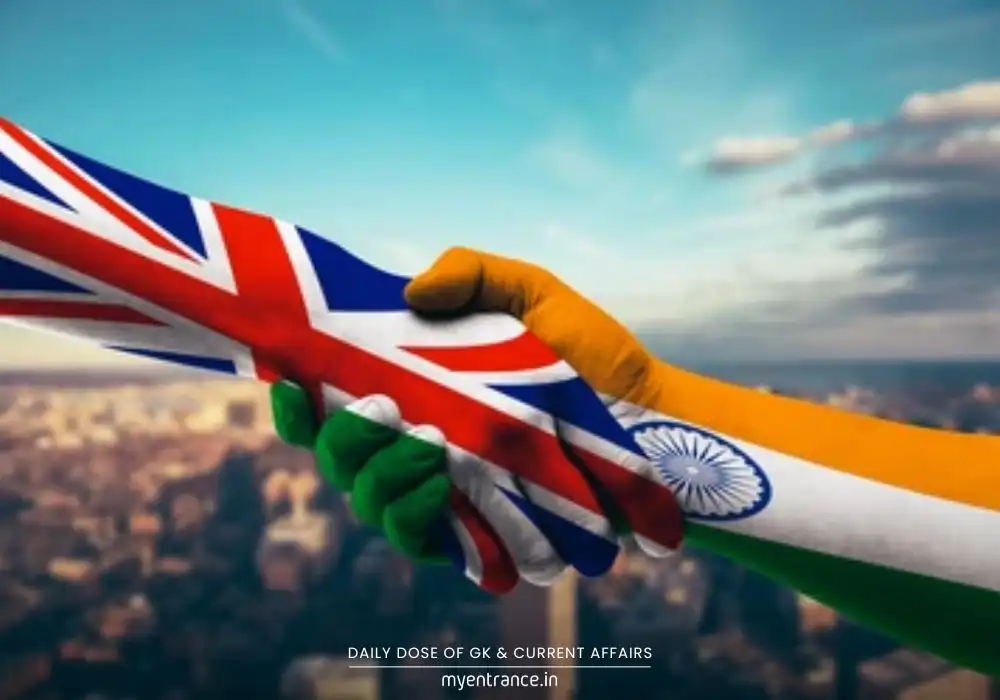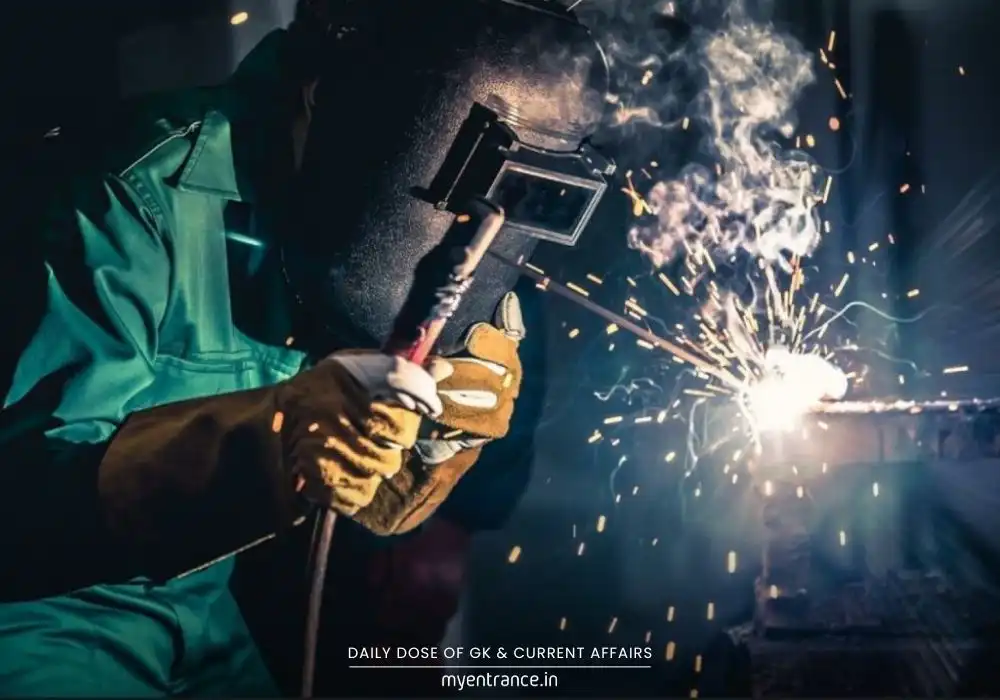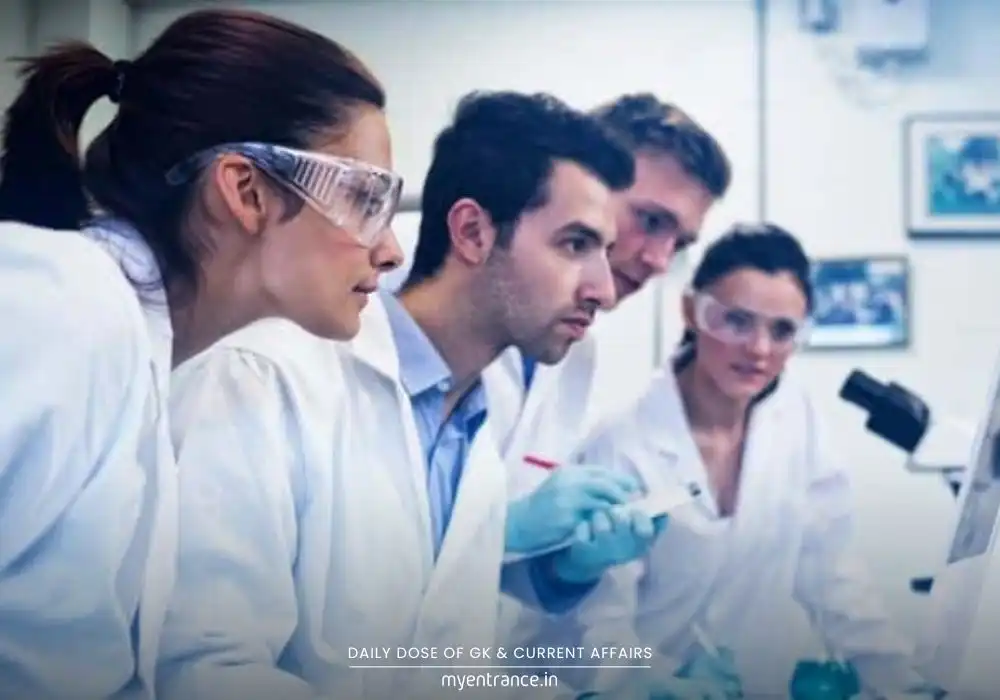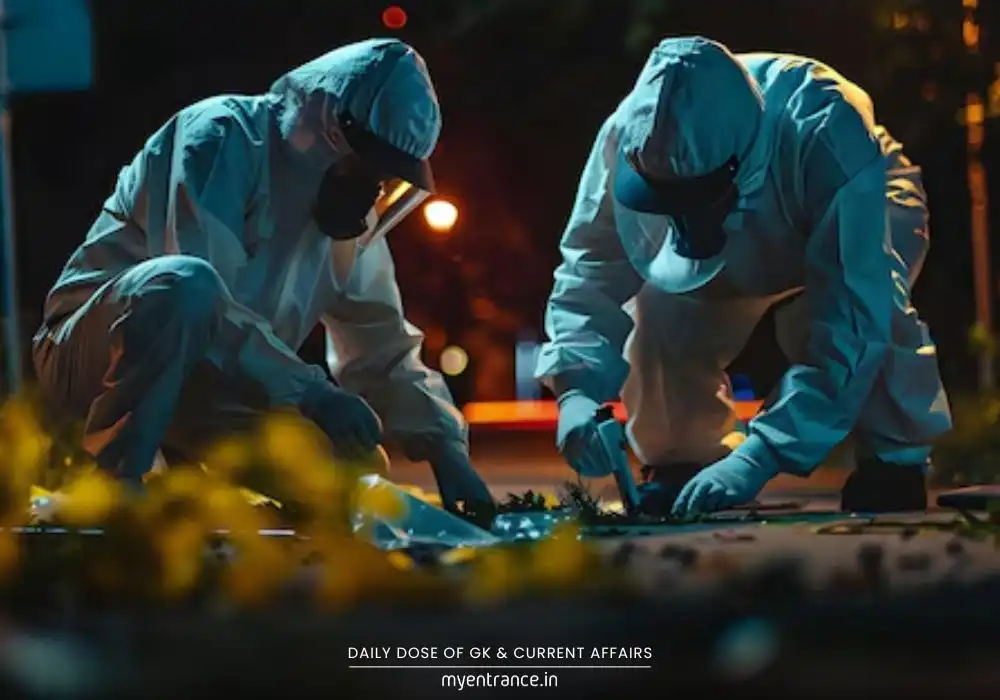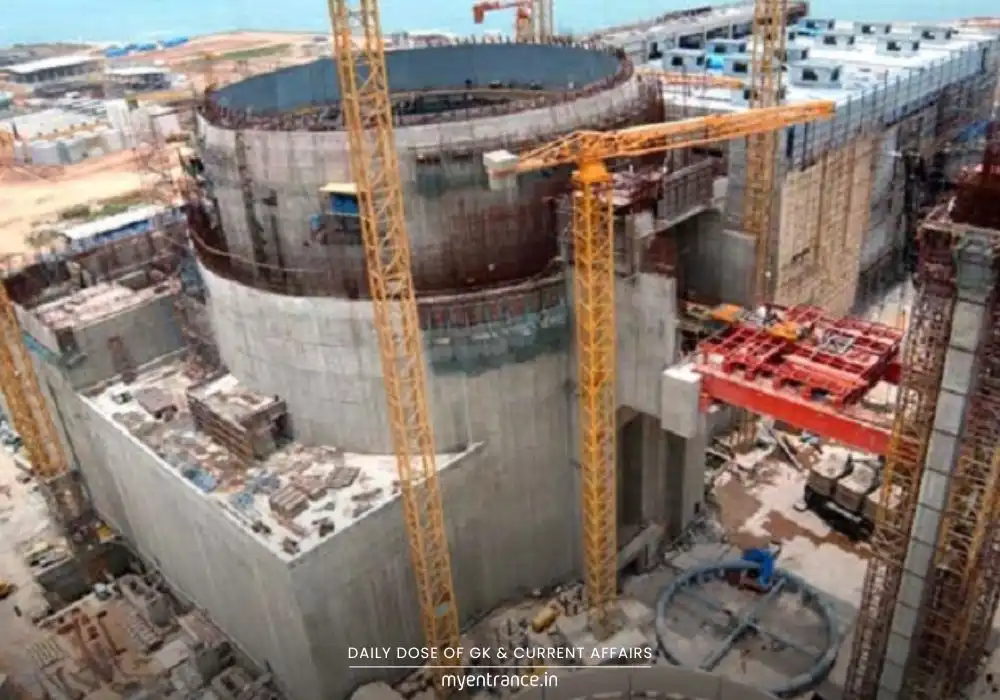Select Language
One Constitution, One India: Decoding SC’s Article 370 Verdict & Its Exam Impact
Mastering current affairs and constitutional concepts is non-negotiable for cracking tough exams like SSC, PSC, and UPSC. This complete guide breaks down the Supreme Court’s crucial Article 370 verdict – explained by the CJI himself – making complex polity easy to grasp for your online preparation. Understand why this is a hot topic and how to leverage the best site to learn, MyEntrance, for your success.
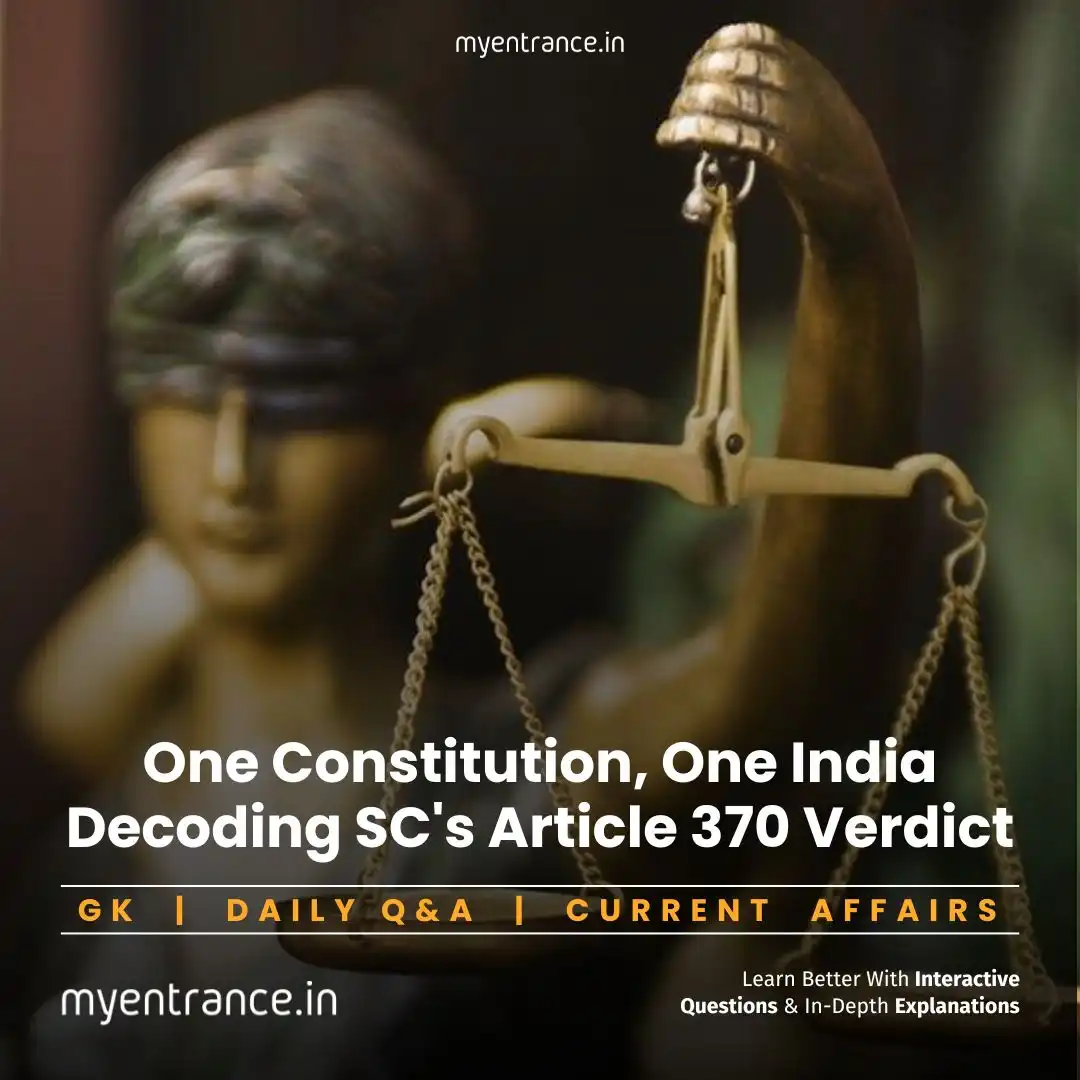
The Story: One Constitution, One Vision
Chief Justice of India D.Y. Chandrachud recently emphasized the core reasoning behind the Supreme Court’s December 2023 decision to uphold the abrogation of Article 370. Speaking in Nagpur, CJI Chandrachud (part of the historic five-judge bench) stated the ruling ensures India is governed by “only one Constitution,” aligning with the foundational vision of Dr. B.R. Ambedkar.
The Context: CJI Chandrachud recalled Ambedkar’s critique during the Constituent Assembly debates. Ambedkar contrasted India’s need for a single, unifying Constitution with the US model, where both federal and state constitutions coexist. A separate constitution for Jammu & Kashmir (enabled by Article 370) was seen as contrary to this vision of national unity.
The Verdict’s Basis: The Supreme Court unanimously upheld the Parliament’s 2019 action, finding that the temporary provision of Article 370 had served its purpose and its removal was constitutionally valid, reinforcing the principle of a single supreme constitutional framework for the entire nation.
India’s Unique Federalism: The CJI also highlighted Ambedkar’s defense of India’s constitutional structure. He described it as neither purely federal nor overly unitary, but a unique blend (“federal as well as unitary at the same time”) designed to hold the nation together during both war and peace. This balanced approach addresses concerns about excessive centralization while ensuring national integrity.
The Heart and Soul: Reflecting on Ambedkar’s legacy, CJI Chandrachud reiterated the paramount importance of Article 32 – the right to constitutional remedies. He called it the “heart and soul” of the Constitution, emphasizing Ambedkar’s belief that rights are meaningless without enforceable remedies directly accessible from the Supreme Court. Ambedkar also championed the inseparable link between political rights and socio-economic equality.
Why is this Crucial for Your Exams (SSC, PSC, UPSC, etc.)?
This story isn’t just news; it’s a concentrated dose of high-value exam fodder:
Core Polity & Constitution: Directly hits topics like “Indian Polity and Governance-Constitution,” “Significant Provisions,” “Basic Structure,” “Federalism vs. Unitary Features” – staples in Prelims and Mains syllabi.
Current Affairs Goldmine: The Article 370 abrogation and subsequent SC verdict are defining contemporary events of national importance.
Understanding Federalism: Provides a concrete case study to analyze India’s quasi-federal structure, the balance of power, and debates around centralization vs. state autonomy.
Key Constitutional Articles: Deepens understanding of Articles 370 (now abrogated), 3 (used for J&K reorganization), and crucially, 32 (Right to Constitutional Remedies).
Historical & Philosophical Context: Connects present judgments to the original vision of the Constitution’s architects, particularly Ambedkar.
Test Your Knowledge: Sample Q&A
Q: According to CJI Chandrachud, why did the Supreme Court uphold the abrogation of Article 370?
A: To ensure India is governed by “only one Constitution,” aligning with Dr. B.R. Ambedkar’s vision of national unity, contrasting it with models like the US which have multiple constitutions.
Q: How did Dr. Ambedkar describe the nature of the Indian Constitution, as cited by the CJI?
A: Ambedkar described it as neither purely federal nor overly unitary, but a unique blend (“federal as well as unitary at the same time”) capable of holding the nation together in times of war and peace.
Q: Which article of the Constitution did Dr. Ambedkar call its “heart and soul,” and why?
A: Article 32 (Right to Constitutional Remedies). He believed rights were meaningless without enforceable mechanisms, and Article 32 provides direct access to the Supreme Court for enforcing Fundamental Rights.
Q: Which constitutional article was used for the first time to withdraw J&K’s statehood and create Union Territories in 2019?
A: Article 3 (deals with the formation of new states and alteration of areas, boundaries, or names of existing states).
Q: What key concept does the Article 370 verdict highlight regarding India’s federal structure?
A: It highlights the tension and balance within India’s quasi-federal model, emphasizing the supremacy of the Union Constitution while addressing historical special provisions for states.
Most Predicted Questions
Comprehensive study materials, Expert-guided tips & tricks, Mock tests and instant results.
Start your SSC, NIFT, NID, FDDI, PSC journey today with MyEntrance, your ultimate online coaching platform.


